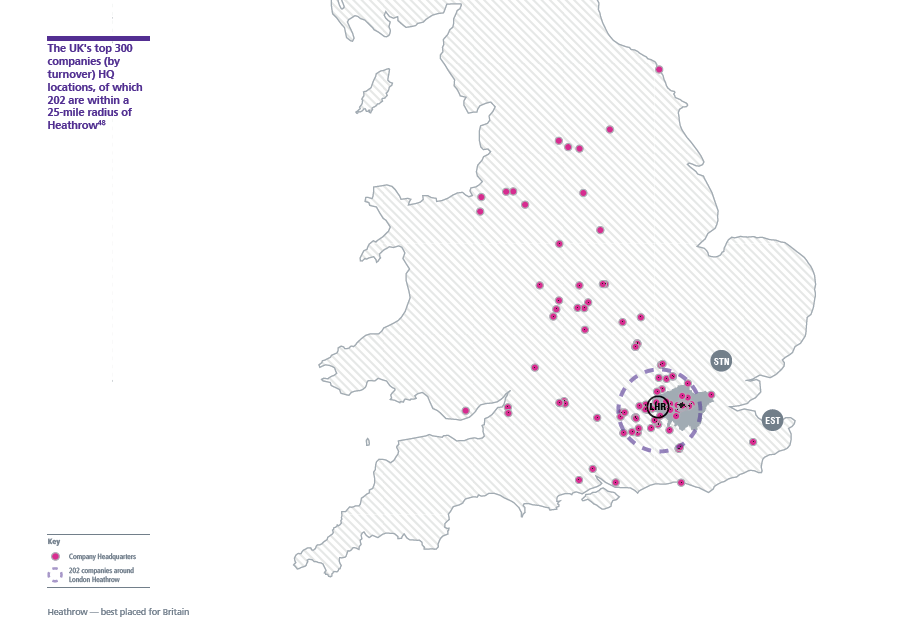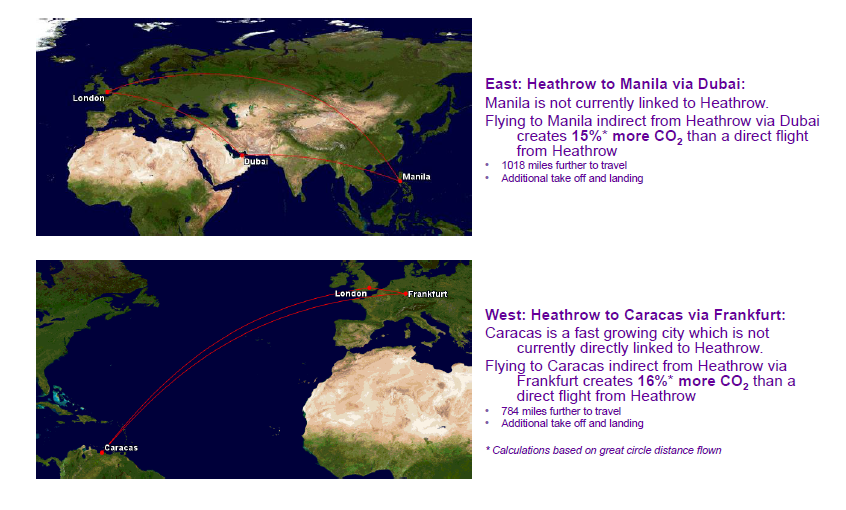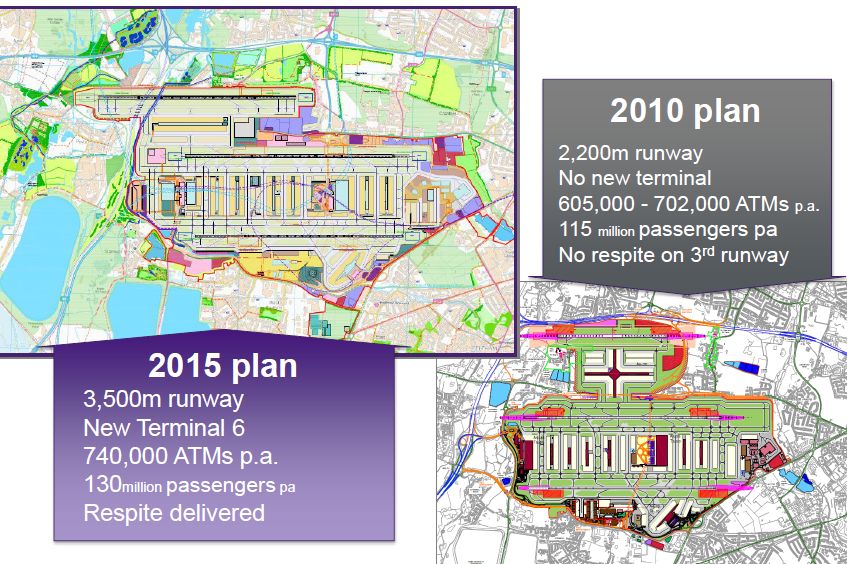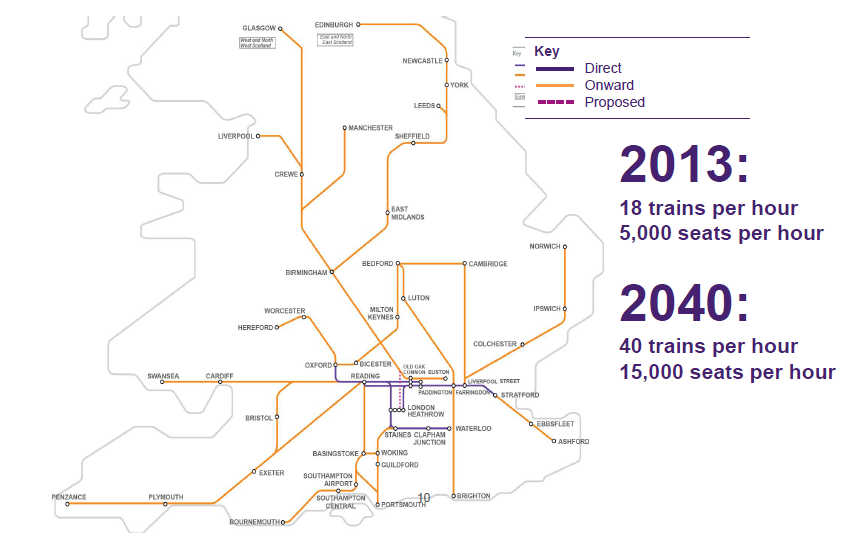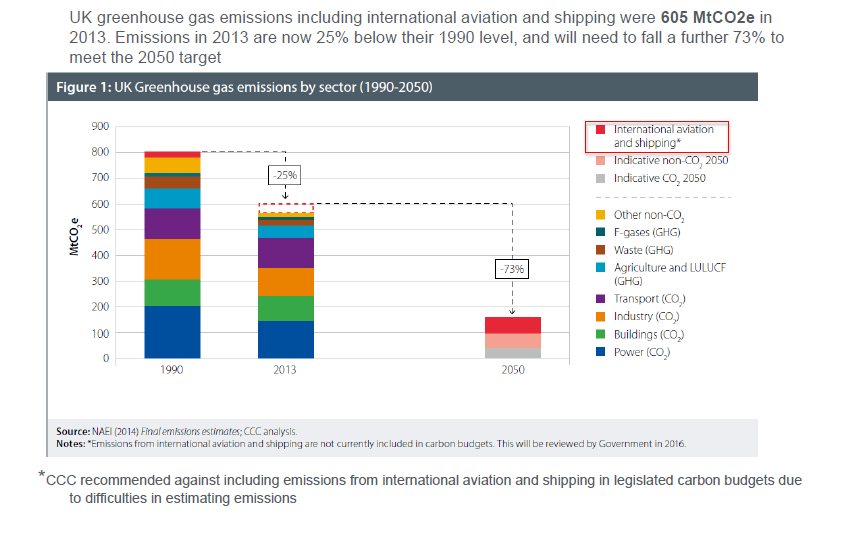After twelve years of practical interventions to keep Brentford High Street alive – and shape a regeneration that respects the town centre’s history – the trustees of Brentford High Street Steering Group (BHSSG) have taken the decision to wind-up the award-winning regeneration charity.
Andrew Dakers, Chair of trustees said: “With the likely commencement of the first phase of the regeneration of the Southside of the High Street by Ballymore in the next few months, it is time for volunteers to step back and for the private sector and Hounslow Council to lead management of the town centre.”
Julia Quilliam BEM, added: “We would like to take the opportunity to thank local residents, traders, partner organisations, council officers, councillors and MPs for their support since 2006. This is time of transition for the high street and we wish the next generation ‘Town Team’ well in picking up where we left off.”
Future of Brentford Market
The wind-up of BHSSG, which has operated Brentford Market over the past five years, means that the market (first established 1306) may go on ‘pause’ for a while. The last Sunday Market that BHSSG will operate is Sunday 25th November 2018. It will now be for Hounslow Council to decide whether a temporary operator might take over and whether/ when to conduct an open market search for an operator.
With the retail downturn, more people shopping online and tighter labour market (meaning there are less market traders seeking a pitch) it has been increasingly difficult for a volunteer group to sustain the market. Direct and/or indirect subsidies are likely to be required by any future operator until the first phase of the High Street regeneration completes and a more commercial operation should become viable.
Asset transfer
Remaining assets (equipment depreciated to nil) will be transferred to a local non-profit organisation with similar objects. The trustees will also explore whether Angel Estillo (a sculpture commissioned by London Borough of Hounslow in 2000 and presently in storage) can be installed in or close by the town centre as their final project. Asset transfer will be reported on in more detail in the charity’s final set of accounts (end Dec 2018).
Twelve years of engagement and impact
Key milestones over the past twelve years:
- 2006/7: Secured £15k from LB Hounslow’s Innovation fund in 2006/7 to support the development of the Community Vision for Brentford High Street. This funding was lodged with Grand Union Community Development (GUCD). The funding came from a joint bid with our partners including Brentford Chamber of Commerce and Brentford Community Council. GUCD commissioned consultancy on our behalf from the New Economics Foundation to support the process and also provided administrative support to the visioning exercise. Andrew Dakers (Chair), Tim Luckett (Treasurer) and Julia Quilliam (also founder committee member) remained active throughout the 12 years.
- December 2007/8: First Christmas lights in Brentford High Street led by Julia Quilliam. Initially funded by Christmas card sales and corporate donations, fundraising dinners were subsequently convened. The lights continue through the present day, now funded by LB Hounslow.
- December 2007: Free short-stay car park – Then Cllrs Andrew Dakers, Paul Fisher, Jon Hardy and Matt Harmer collaborated closely with local traders on the campaign to deliver a new car park for the West end of Brentford High Street. This finally opened on the site opposite Brentford Lock in the week of 3rd December 2007 – it was an immediate success.
- Spring 2008: ‘Creating the Future 2008’ Awards Finalist in the Innovative Engagement category of the national DCLG/ Academy for Sustainable Communities “Creating the Future 2008” Awards.
- January-September 2009: St Lawrence’s War Memorial Restoration – Julia Quilliam led a project with the support of local councillors to restore and relocate a war memorial at St Lawrence’s Church to outside Brentford Library. With funding (about £13.5k) from the local area committee the restoration took place and the rededication ceremony took place on 20 September 2009. Julia’s work on this project and the Christmas lights initiative would be subsequently recognised with the award of a British Empire Medal (BEM) from the Queen.
- March 2009: Windows on Brentford – Sarah Hoyle worked with young people and Octink (Commerce Rd, Brentford), with the support of Ballymore, to develop and install a series of artworks by young people in the windows of the derelict building opposite Somerfield. BHSSG were delighted to broker the initial introductions between the project partners.
- January 2010: Improved mapping of Brentford – S106 funding was secured from LB Hounslow (Isleworth & Brentford Area Committee) for a detailed mapping project for Brentford High Street. Additional funding was also ring-fenced by the local area committee to take the work and install the map in key locations through Brentford, as well as the town centre.
- January-June 2010: Prince’s Foundation for the Built Environment urban design study – BHSSG collaborated with Brentford town centre developers Ballymore in co-commissioning The Prince’s Foundation for the Built Environment to undertake an urban design study. A workshop took place in March and the milestone report was published in June – a vital stepping stone towards the town centre redevelopment. The study took on board ideas from the Community Vision (2007), Ballymore’s studies (2006-9) and the Brentford Area Action Plan (2009) to develop a more detailed urban design approach for the town centre. The hope was that this could secure a broad base of stakeholder support.
- April 2010: St George’s Day celebrated for the first time in Market Place. Thousands attended the event which was also supported by the London Borough of Hounslow, Brentford Trilogy author Robert Rankin, Peter Gilham of Brentford FC, the Magistrates’ Court, BrentfordTW8.com, St George, ISIS, ABA-design, and Knight Sound & Light. Helen Martin Productions organised the live stage entertainment.
- September 2010: London’s top ‘home town’ – In contrast to Richmond which scored 19.5 and has the most cloned high street of London’s “villages”, with only five independent shops found down its length, Brentford was rated London’s top ‘home town’ with a score of 84.6 in The New Economics Foundation report ‘Reimagining the high street’, and covered in the Evening Standard.
- October 2010: Thames Low – Brentford a project with Watermans, Octink and Ballymore saw Urban photographer Peter Kyte win a competitive selection managed by Watermans. His work (still visible today) was installed on the derelict shop frontages between the car park and Magpie & Crown. In October 2010 we were joined by former local MP Mary Macleod for the launch.
- April 2011: St George’s Day/ Royal Wedding Celebrations – Our second year of St George’s Day celebrations combined with the Royal Wedding celebrations. Well over 5000 people attended.
- June 2011: Signage improvements – £22k of investment from the local area committee saw parking and signage schemes for Brentford High Street completed.
- July 2011: Outer London Fund success – London Borough of Hounslow had secured £226k for Brentford Town Centre from the Mayor’s Outer London Fund with the support of BHSSG and other partners. A number of the projects will be delivered by BHSSG, or with our active input.
- September 2011: To deliver the Outer London Fund projects, BHSSG determined it must incorporate as a charitable company if risks were to be effectively managed. This took effect on 2 September 2011. Registration of BHSSG as a charity completed on 24 October 2011.
- November 2011: BHSSG published the first iteration of BHSSG’s Regeneration Scorecard on 18 November 2011 to assist stakeholders in assessing Ballymore’s emerging plans against the Community Vision for Brentford High Street (2007).
- November 2011: BHSSG organised the first Mayor’s Outer London Fund commissioned project – an Italian Market and live music in Market Place. Jo Lavery (The Weir) started to become active in BHSSG, eventually becoming a trustee of the charity.
- December 2011: BHSSG hosted a French Market and live music in Market Place, including fireworks on 9 December.
- January 2012: Announced that Brentford had been successful in securing £1m of additional investment to the town centre and surround from the Mayor’s Outer London Fund. This will largely be focussed on capital spend creating a more attractive, stronger link between the Great West Rd and town centre.
- February 2012: Boris Johnson switched on the Geometry laser light sculpture at Watermans Arts Centre on Brentford High Street. This was funded by the Outer London Fund and delivered by our BHSSG partner Watermans Arts Centre.
- March 2012: Launched a refreshed www.brentfordhighstreet.com also hosting the Brentford is Brilliant campaign microsite and a series of videos produced with the University of West London that explain why Brentford is Brilliant.
- July 2012: Olympic torch welcomed to Brentford town centre – An event attracting thousands, with gold Brentford is Brilliant placards screened around the world, includes Parkour display across the high street rooftops.
- November 2012: Ahead of a Public Meeting on Wednesday 21 November 2012 at St Pauls Church 7-9pm BHSSG set out what it supports with current proposals from Ballymore – and where substantial improvements are needed.
- December 2012: LB Hounslow Cabinet agree in principle the use of a Compulsory Purchase Order may be needed to complete the land consolidation on the south side of Brentford High Street. This is a step that BHSSG has always supported and was first acknowledged by the Council in the Brentford Area Action Plan (BAAP).
- January 2013: BHSSG submit license application to LB Hounslow for a six month pilot Food Market in Brentford town centre, with support from the National Lottery and Portas Pilots programme. The weekly Sunday Market (bringing back Brentford Market, first established in 1306) launched in May and would consume most of our volunteer capacity in the subsequent five years – BHSSG trustee Jo Lavery was the named licensee with BHSSG as the operator. All income generated from the market went to covering its operational costs and marketing. We have been delighted to see a number of micro-enterprises successfully start-up on the market from The Coffee Traveller to Bianca Marton Chocolates. Melissa Hayles, John Kenton, Neil and Becks Vanstone were stand-out development managers of the Market over the five years it operated under BHSSG’s stewardship. The launch of the weekly market also saw Jillian Crowcroft become a core member of the trustee team.
- February 2013: BHSSG, Brentford Chamber of Commerce and Brentford Community Council sent a joint letter to Brendon Walsh (Director of Planning at LB Hounslow) calling for the Council to negotiate improvements to the Town Centre planning application in six specific areas.
- April 2014: BHSSG’s Hounslow Local Plan Response highlighted the Brentford Area Action Plan (BAAP) High Street policies under threat as a result of the BAAP not being included in the draft Hounslow Local Plan. On 30 April 2014 sixty local residents and traders met with Jo Swindells (then project manager at Ballymore) and Brendon Walsh (then Planning Director at London Borough of Hounslow) in a heated meeting on Ballymore’s proposals for the town centre – a meeting organised by Brentford Chamber of Commerce.
- May 2014: In the run up to the local elections BHSSG sought the views of all local political parties on the regeneration of Brentford town centre.
- June 2014: Planning Minister Nick Boles MP visited Brentford High Street (organised by former local MP Mary Macleod) and met BHSSG trustees Jo Lavery and Julia Quilliam.
- August 2014: Over three years BHSSG has been actively supporting the bid for Outer London Fund Round 2 funding (The Brentford Connection) which has seen improvements to the canal-side sheds and most exciting of all the renovation of Market Place. On Sunday 17 August 2014 we celebrated the completion of Market Place’s renovation; and there was a further event ‘The fire garden’ commissioned by Watermans from ‘Walk the plank’ on 28 November. Much to our sadness Hounslow Council failed to purchase the central section of Market Place land before spending hundreds of thousands of public money on privately owned land. The leaseholders (Verdict) have kindly provided BHSSG with a cost free license to operate the market on the land over the past three years, but this should not have been required.
- November 2014: On 27 November LB Hounslow planning committee granted Ballymore’s scheme planning permission against a backdrop of considerable community opposition to the density, aesthetics and lack of transition planning. 12 councillors voted in favour, 2 against and 1 abstained. We had succeeded in making arguments for the 2D grain of the old yards to be retained as well as a proportion (although not enough) of the heritage assets. However we failed to get a design aesthetic established that respected the Brentford vernacular.
- October 2016: Brentford Market was awarded Social Enterprise of the Year at the Hounslow Business Awards 2016.
- January 2017: Facilitating debate on future of Morrisons site – Andrew Dakers, Chair of BHSSG, chaired a well-attended public meeting at St Pauls Church on the Morrisons site proposals
- March 2017: Pocahontas plaque, created by local artist Claire Ireland, is unveiled in the Syon Park wall to the West of Brentford Town Centre to commemorate the 400th anniversary of the death of Pocahontas. This was led by the Thames Landscape Strategy and championed by Cllr Paul Lynch. A physical marker remembering Pocahontas’ connection to the town was a recommendation in the 2007 community vision for the high street.
- April 2017: Essential Living Scheme for the Morrisons site approved by Hounslow Council’s Planning Committee.
- February 2018: London Green, with joint venture partner Topland Group, receive approval for schemes for the old police station site and the current Watermans and Max Factor buildings, which will see Watermans relocate to new facilities in the town centre. Relocating Watermans to the town centre was a key recommendation in the 2007 community vision, which at one stage was put at risk when LB Hounslow contemplated moving the arts centre to Hounslow.
- March 2018: Secretary of State approves the Compulsory Purchase Order (CPO) for the land required for Ballymore development south of Brentford High Street – a process that started in March 2017 with a public enquiry in October 2017.
- September 2018: BHSSG trustees decide the time is right to wind-up the charity.
Signing off
What we have achieved over the past twelve years has been down to the hard graft of a few volunteers and the support of our partners at many critical points along the way. In the past five years Brentford Market at its best has provided a wonderful space for the Brentford community, young and old to come together.
We hope that the remaining retail businesses on the south side of the High Street will be supported by LB Hounslow and Ballymore with temporary units in the coming months so they can continue to operate during the transition, help retain footfall in the town centre, and then become early occupiers of the rebuilt town centre. When planning consent was granted the planning committee and community was assured that financial provision would be made in the planning agreement to support retailers through the transition. Now is the time for this resource to be deployed.
Whilst BHSSG never objected to high density development or contemporary architecture as part of the overall mix in the plans for the new town centre, we were very disappointed at the lack of imagination and sensibility for the town centre’s history in the scheme given planning consent in November 2014. This was an opportunity missed and we can only hope that as the detailed designs are worked through, some of the points we have made over the past decade regarding design detail are remembered: Brentford’s brick buildings and pitched roofscape, with surprising nooks and crannies, are what makes Brentford town centre interesting. More than ever a ‘clone town’ regeneration is unlikely to succeed in today’s highly competitive retail environment.
